
The Jersey Trust
The Historical Roots of the Trust
When we think of the Middle Ages, our minds often conjure up images of knights, crusades, castles, battles, and epic works like the Divine Comedy. Yet amidst those turbulent centuries, a legal instrument was born—one that would endure through time: the trust.
It did not arise from an abstract idea, but from a concrete need. Knights embarked on long journeys—often wars or crusades—and needed someone they could trust to manage their lands in their absence. At the time, wives and children could not formally hold ownership; thus, a trusted friend was needed to temporarily take control until the knight returned or his heirs came of age.
This system gave rise to a revolutionary concept for its time: the separation between legal ownership and beneficial ownership. The land was legally titled in the name of the “custodian,” but it was to be managed for the benefit of the true owner or his family. In essence, this marked the birth of fiduciary ownership—the forerunner of the modern trust.
However, not all trustees were honest. Some took advantage of the knight’s absence and refused to return the property. According to the common law of the time, the person whose name was on the title was considered the rightful owner. Formal justice, therefore, did not protect the real owner. This legal gap was filled by the Court of Chancery, which ruled not based on legal formalism, but on principles of equity and conscience. It was in this court that the notion emerged: a trustee must honor the commitment made and act in the best interest of the beneficiary.
From that point onward, the concept of fiduciary duty evolved and became a cornerstone of modern wealth and estate planning.
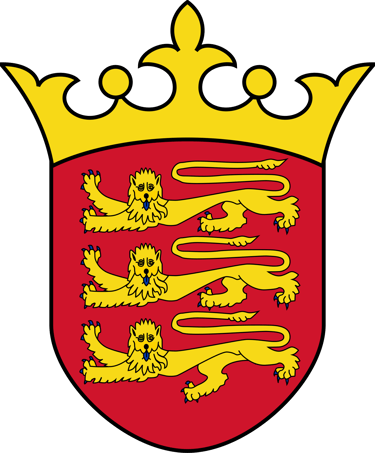

The Current Landscape
In the past, knights had no choice but to entrust their assets to a loyal confidant for safekeeping.
Today, those who wish to protect their wealth can establish a self-declared trust, particularly by choosing a strong jurisdiction such as Jersey, which offers a high level of legal protection, regulatory stability, and international recognition.
Unlike a will, which only takes effect after death and requires the initiation of probate, a self-declared trust allows the beneficiaries to enjoy the assets while the settlor is still alive, as outlined in the trust deed.
If properly drafted, this type of trust can provide asset protection from creditors, as well as succession and tax planning, and is particularly useful:
when there are young beneficiaries or individuals unable to manage their own wealth;
when the goal is to transfer wealth across multiple generations;
or when one wishes to legally separate and shield personal assets from their general estate.
Control, Flexibility, and Autonomy in a Self-Declared Trust
Despite its many advantages, some hesitate to relinquish direct control over their assets.
However, under Jersey law, a self-declared trust allows the settlor to act as both trustee and beneficiary, maintaining a high degree of operational control without compromising the trust’s validity—provided that genuine legal segregation of assets is respected.
One of the most appealing features of the self-declared trust is its structural flexibility:
It can be revocable, allowing the settlor to amend or dissolve the trust at any time;
It can be modifiable, permitting the addition, removal, or replacement of beneficiaries over time, depending on evolving family or financial circumstances.
The trust can be structured so that the settlor:
also serves as trustee;
retains control over investment management;
issues a letter of wishes, addressed to themselves or to future trustees, to guide the administration of the trust.
Strengthening the Structure
To enhance the structure and ensure long-term solidity, it is also possible to:
appoint a protector, a figure tasked with supervising the management of the trust and, if provided for, with the power to remove or replace the trustee;
reserve certain fiduciary powers to the settlor or to a trusted person (e.g., powers of veto, consultation, or authorization).
Nevertheless, it is essential that the trustee—even if this role is fulfilled by the settlor—maintains independent decision-making authority and the fiduciary responsibility to act in the best interest of the beneficiaries, in accordance with the principles of discretion and good faith set forth by the Jersey Trust Law.
The Self-Declared Jersey Trust
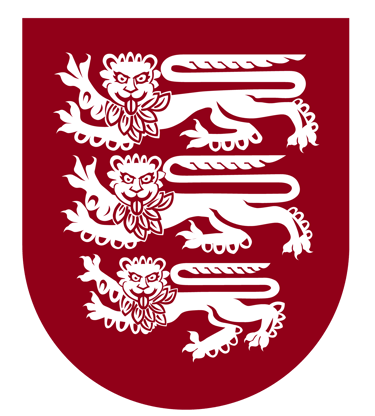




The Legal Foundations of the Jersey Trust
Our instruments are always customized based on each individual’s situation and objectives, and follow a formal process that gives them full legal force.
This process includes: notarial authentication abroad, international apostille, and authentication and registration with the Italian Notarial Archive.
This procedure ensures full legal validity and makes the documents solidly enforceable, even against aggressive actions by public entities or authorities, whether administrative or judicial.
Legal Recognition of Foreign Trusts in Italy
Italy formally recognizes trusts established under the laws of jurisdictions that regulate trusts within their legal systems (e.g. Jersey, United Kingdom, USA, Switzerland, etc.), based on two key legal foundations:
Hague Convention of July 1, 1985
"On the Law Applicable to Trusts and on their Recognition"
Ratified by Italy with Law No. 364 of October 16, 1989
It establishes that:
“A trust validly created under the law chosen by the settlor must be recognized by other contracting States.”
This means that a trust created under Jersey law (e.g. the Jersey Trust Law 1984) is fully valid and recognized in Italy, with no need for adaptation.
Hague Convention of October 5, 1961 (Apostille)
On the abolition of legalisation for foreign public documents
Ratified by Italy with Law No. 125 of December 20, 1966
This allows a notarized act executed abroad (e.g. a Trust Deed authenticated in Jersey) to have full legal effect in Italy, provided it is duly apostilled.
No further steps are required through embassies or prefectures:
the document is automatically valid and recognized.
Limited Jurisdiction of Italian Courts
It is important to clarify that, under the 1985 Hague Convention and current international law, Italian judges have no authority to review, alter, or question the structure, content, or effectiveness of a foreign trust, provided that the trust:
is validly established under the foreign law chosen by the settlor (e.g., Jersey Trust Law 1984);
does not conflict with Italian public order or morality;
does not pose a threat to national security, the economy, or national sovereignty;
pursues a lawful, transparent, and non-abusive purpose.
When these conditions are met, Italian judicial authorities must acknowledge the validity and enforceability of the trust, but they have no jurisdiction to challenge, revoke, or interfere with it, as it is governed by foreign law, outside the scope of the Italian legal system.
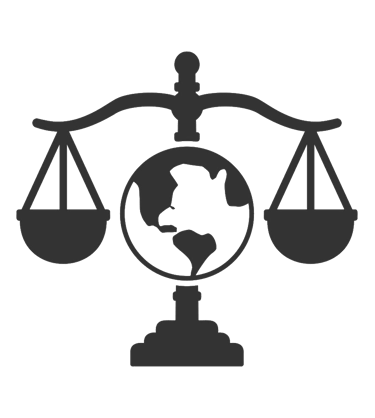



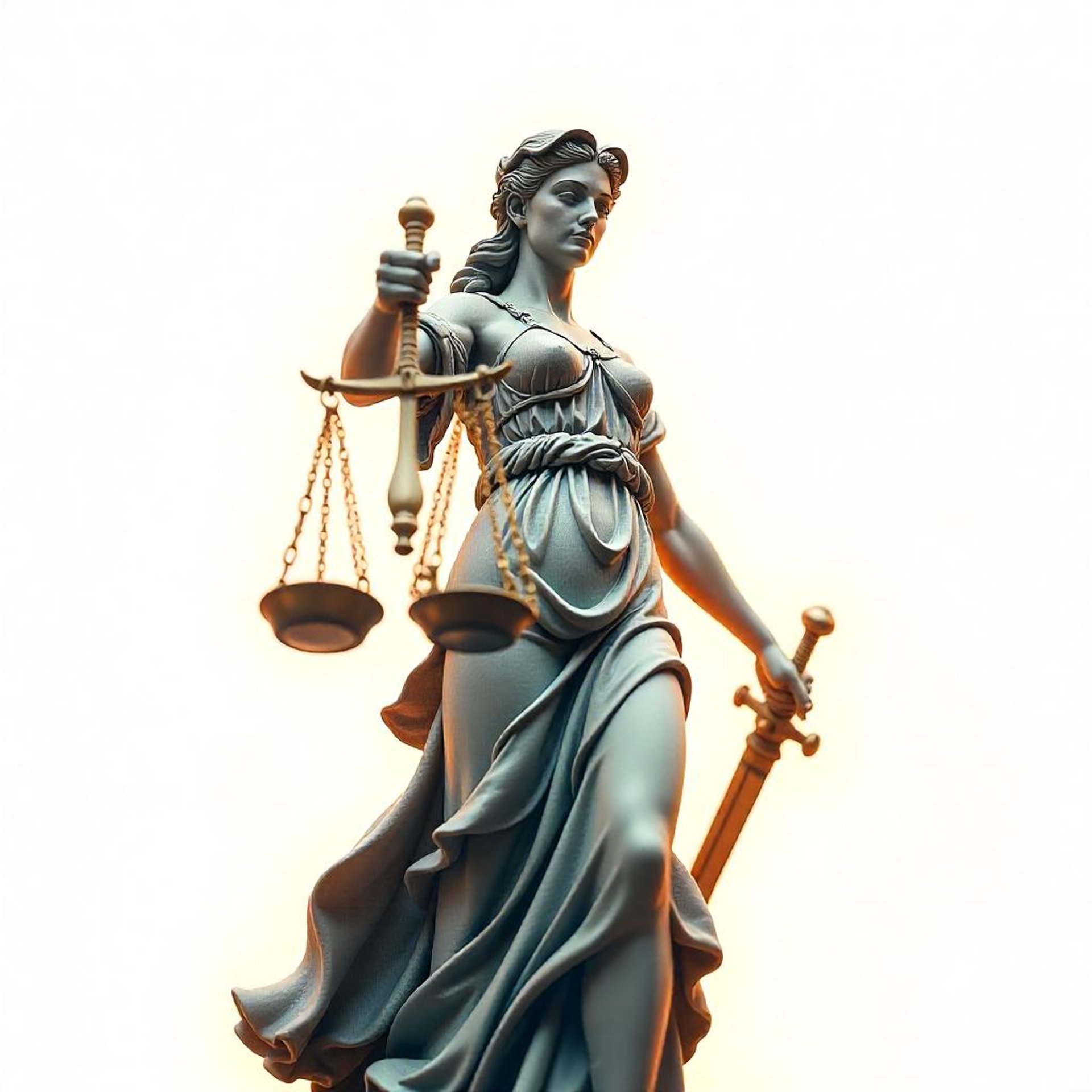
Trust Legalization Process
Phase 1 – Drafting the Jersey Trust
We draft the Trust Deed in accordance with the Trusts (Jersey) Law 1984, tailoring it to meet the client’s specific needs.
The self-declared trust is structured to include:
the settlor’s intentions;
the segregated assets;
the beneficiaries;
any revocation or modification clauses;
the fiduciary powers and control mechanisms.
Phase 2 – Notarial Authentication of the Trust
The Trust Deed is authenticated by a qualified foreign notary, who gives the document public legal form.
This authentication:
certifies the identity and intent of the settlor;
ensures the authenticity of the signature and certified date;
makes the deed legally enforceable against third parties;
allows for the international apostille to be affixed;
grants the Trust full evidentiary validity, even outside its country of origin.
In this way, the Trust acquires strong legal form, making it suitable for international use and ready for registration or transcription as needed.
Phase 3 – International Apostille
An apostille is affixed to the notarial deed in accordance with the Hague Convention of 5 October 1961, ratified by Italy through Law No. 125 of 20 December 1966.
This step makes the Trust legally valid and recognizable in all countries that are parties to the Convention, including Italy.
Phase 4 – Filing with an Italian Notary
The trust is filed with an Italian notary, who proceeds with the registration of the deed in the public notarial archive, in accordance with Italian law.
This step provides the official Italian date of registration and ensures that the trust is legally enforceable also within the domestic legal system.
Phase 5 – Registration with the Land Registry
If the trust includes real estate assets, they are registered with the Land Registry Office (Conservatoria dei Registri Immobiliari), clearly indicating their legal segregation within the trust.
This step allows the fiduciary constraint to be enforceable against third parties and ensures that no creditor can seize the assets placed in the trust, except within the limits established by law.
Phase 6 – Operational Management of the Trust: Acquisitions, Transfers, and Contributions
Once the Trust is established, all asset-related transactions are managed by the Trustee, who acts “as Trustee of the XYZ Trust.”
Acquisition of Registered Assets
(e.g., real estate, vehicles, boats, aircraft)
The Trustee purchases the asset on behalf of the Trust, signing the deeds while clearly stating their role.
After the purchase, a contribution deed is drafted, and the asset is recorded in the relevant public registry, making its legal segregation enforceable against third parties.
Contribution of Unregistered Assets
It is also possible to contribute:
Company shares (Italian, foreign, offshore)
Gold, jewelry, artworks
Safety deposit boxes (in Italy or Switzerland)
Gold deposits with authorized bullion banks in Switzerland
The contribution is formalized through a written deed, signed by the Settlor and accepted by the Trustee.
For company shares, the contribution is recorded in the shareholder register, specifying that the shares are held on behalf of the Trust.
All assets—whether registered or not—become legally segregated trust property, protected from creditors, heirs, and external claims.
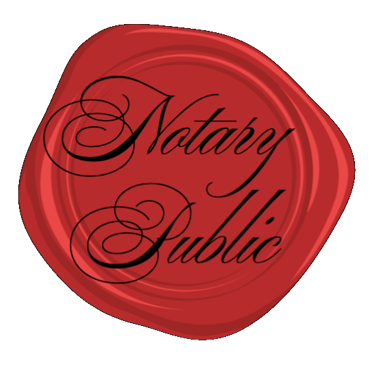




By your side at every step
With our approach, you are never alone. We stand by you through every phase of the process — from the creation of the trust to its full implementation — with care, dedication, and expertise.
We do not believe in one-size-fits-all solutions. On the contrary, we listen closely to your real needs and, based on our hands-on experience, we propose the path that best suits your specific situation.
Whether your goal is to protect your assets, plan generational wealth transfer, shield yourself from potential financial risks, or simply structure your holdings more efficiently, we provide tailored support and practical advice to help you achieve your objectives.
We are proud to offer a personalized and attentive service, combining a direct, results-oriented approach with the highest standards of confidentiality and respect.
We help you clearly understand how a trust works, make informed decisions, and — when needed — assist you in drafting or reviewing documentation, coordinating with external professionals, and managing the ongoing trust structure.
In short: our mission is to protect you and what truly matters to you, providing the most effective solutions at every stage — with care, discretion, and unwavering commitment to your success.
Email: info@serenetytrust2023.com
Telefono: +39-123-4567890
© 2025 Nantra LLP – All rights reserved
Serenty Trust is a trademark owned by Nantra LLP.
This website and all of its contnent is Managed and Owned by Nantra LLP
Nantra LLP, Company Number: NC001737 VAT GB447880552 | VIES XI447880552
Antrim Enterprise Park, 58 Greystone Road, Antrim, Northern Ireland, BT41 1JZ, United Kingdom.




Contattaci
Privacy Policy
Termini e Condizioni
Telegram: @serenitytrust
Instagram: @serenetytrust
La serenità nasce quando nulla può più esserti tolto
